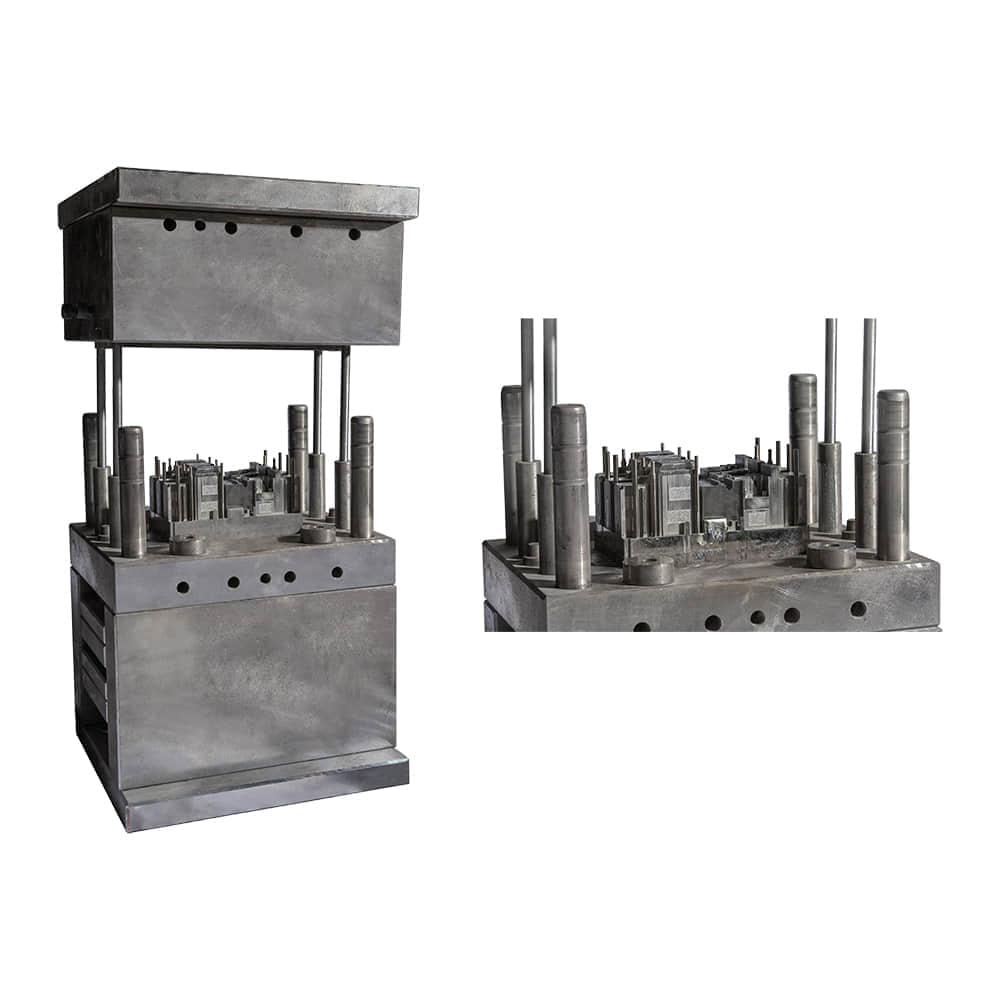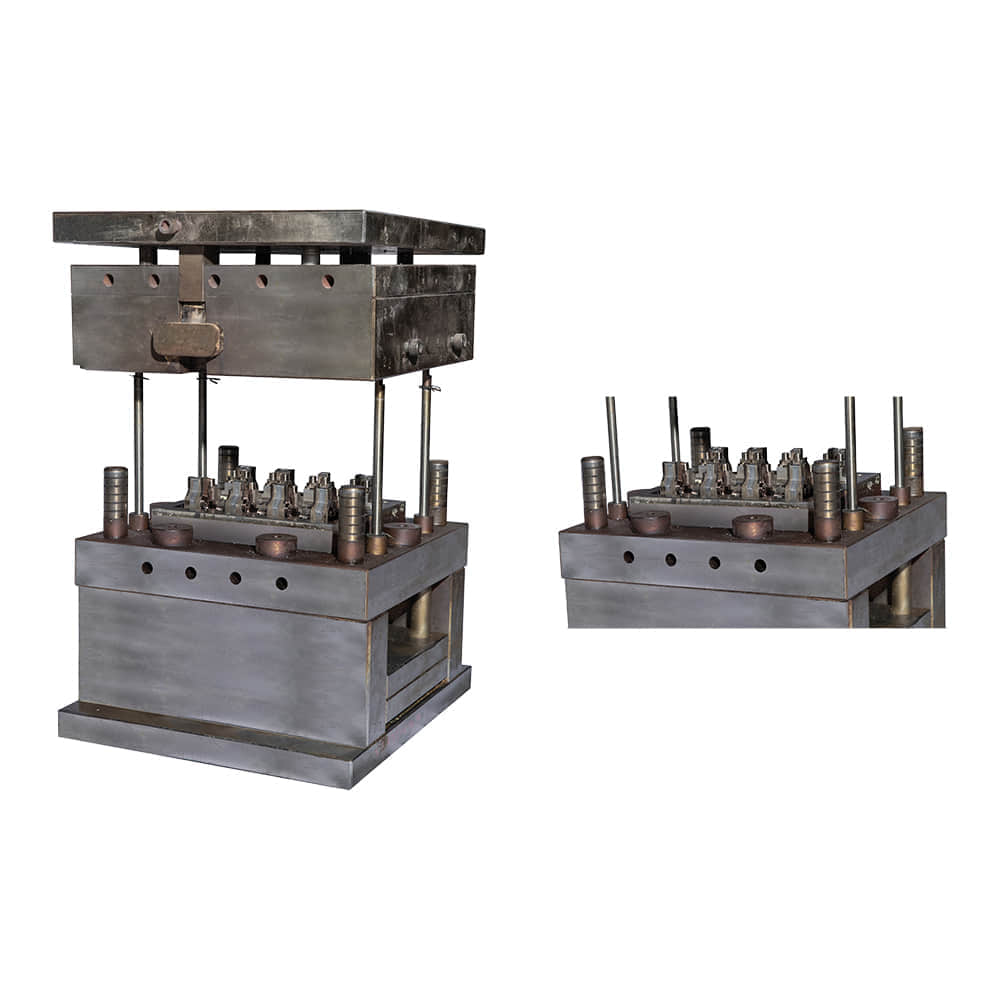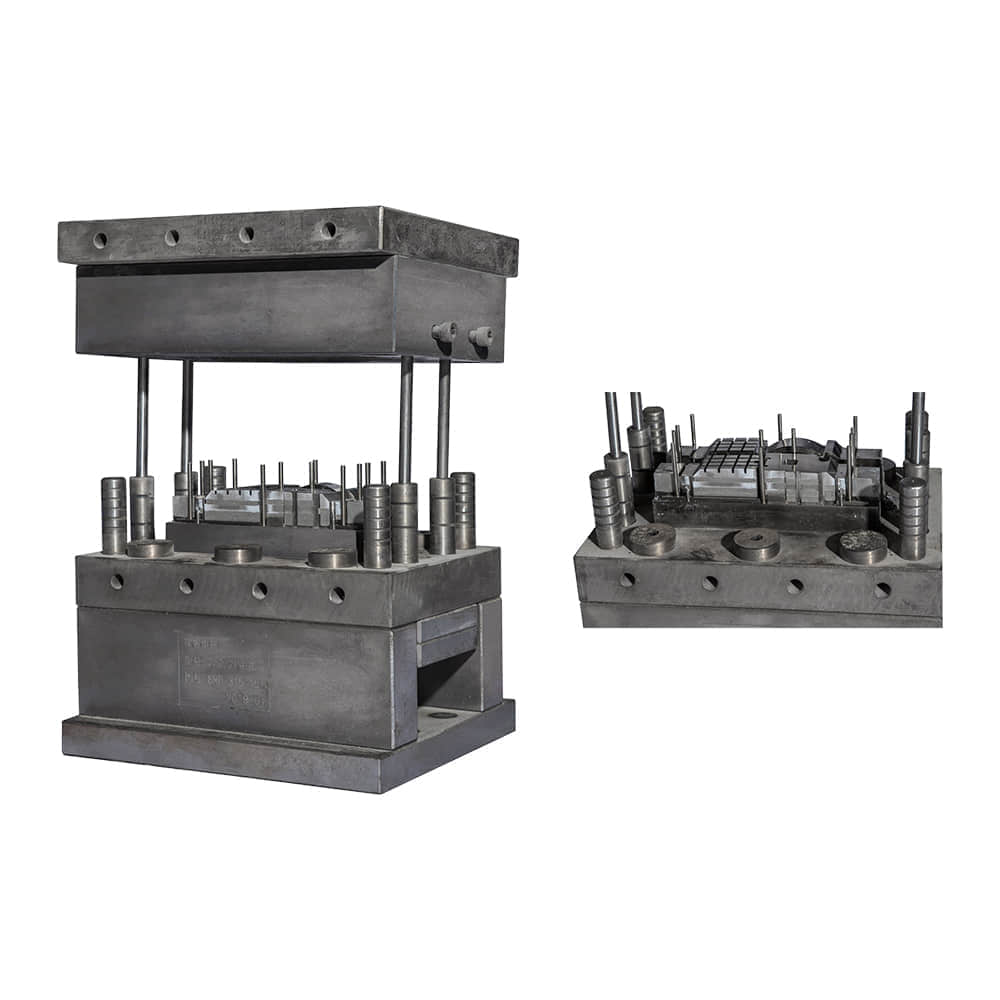In the ever-evolving landscape of manufacturing processes, Sheet Molding Compound (SMC) molding has emerged as a game-changer, revolutionizing the production of complex and high-performance composite materials. SMC molding combines the strengths of traditional molding techniques with innovative materials, resulting in a process that offers numerous advantages across various industries.

SMC molding involves a unique blend of chopped fibers, resin, and various additives that are compressed into a sheet form. This sheet is then molded under heat and pressure to create intricate and robust parts. The process offers several key advantages:

Design Flexibility: SMC molding enables the production of intricate designs that would be challenging or costly with traditional materials. The flexibility of the SMC mixture allows manufacturers to create complex shapes, textures, and patterns that meet specific product requirements. Weight Reduction: Weight is a critical factor in many industries, such as automotive and aerospace. SMC materials are inherently lightweight, making them an ideal choice for applications where weight reduction is paramount without compromising structural integrity. High Strength-to-Weight Ratio: SMC parts exhibit remarkable strength-to-weight ratios, making them suitable for applications requiring both durability and lightweight construction. This combination is especially advantageous in industries that demand high performance under diverse conditions. Corrosion and Chemical Resistance: SMC materials are inherently resistant to corrosion and a wide range of chemicals, making them well-suited for products that operate in harsh environments or come into contact with corrosive substances. Dimensional Stability: The curing process in SMC molding ensures excellent dimensional stability, reducing the risk of warping or distortion over time. This stability is crucial for maintaining the integrity of intricate designs and tight tolerances. Short Cycle Times: SMC molding boasts relatively short cycle times compared to other composite manufacturing processes. This efficiency not only increases production rates but also reduces energy consumption and overall production costs. Cost Efficiency: The ability to create complex shapes in a single molding step, along with the reduced need for post-processing and finishing, contributes to overall cost savings. Moreover, the lightweight nature of SMC materials can lead to reduced shipping and installation costs. Environmental Benefits: SMC materials are often made from recycled or renewable sources, aligning with sustainability goals. The process also generates minimal waste, as excess material from trimming can be reprocessed. Electromagnetic Transparency: SMC composites exhibit electromagnetic transparency, making them valuable in applications where radio frequency (RF) signals need to pass through materials, such as in telecommunication devices. Noise Dampening: The inherent dampening properties of SMC materials make them useful for reducing noise and vibrations, which is crucial in industries like automotive and construction. In conclusion, SMC molding stands as a versatile and innovative manufacturing process with wide-ranging benefits. Its ability to create lightweight, durable, and intricately designed parts makes it a preferred choice for industries seeking to push the boundaries of product performance. As technology continues to advance, SMC molding is likely to play an increasingly significant role in shaping the future of manufacturing, enabling the creation of products that are both functional and aesthetically appealing.
